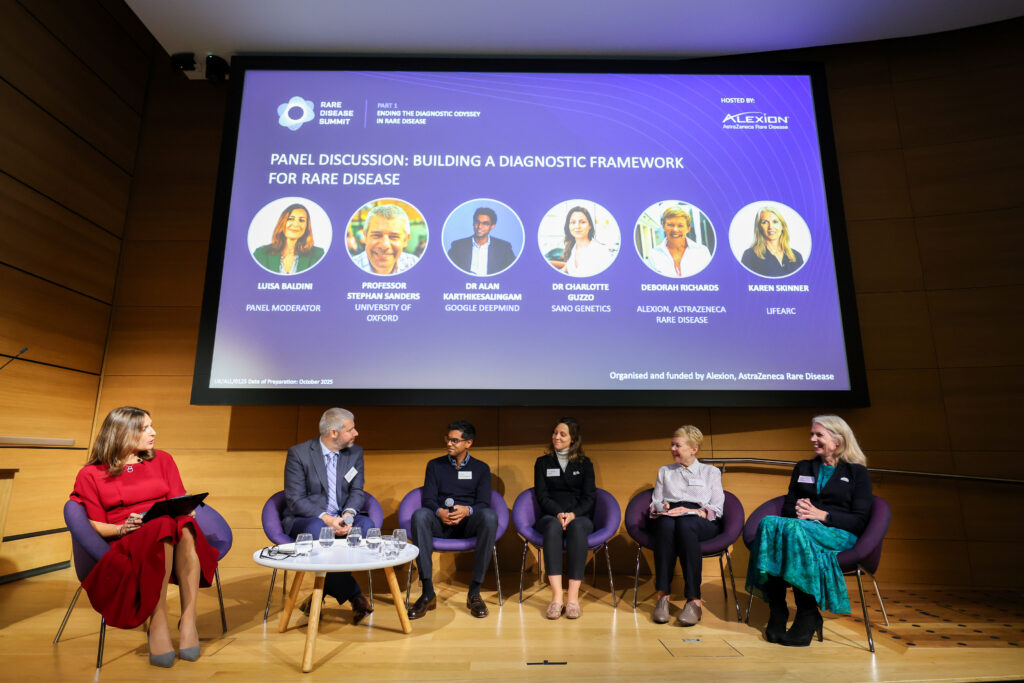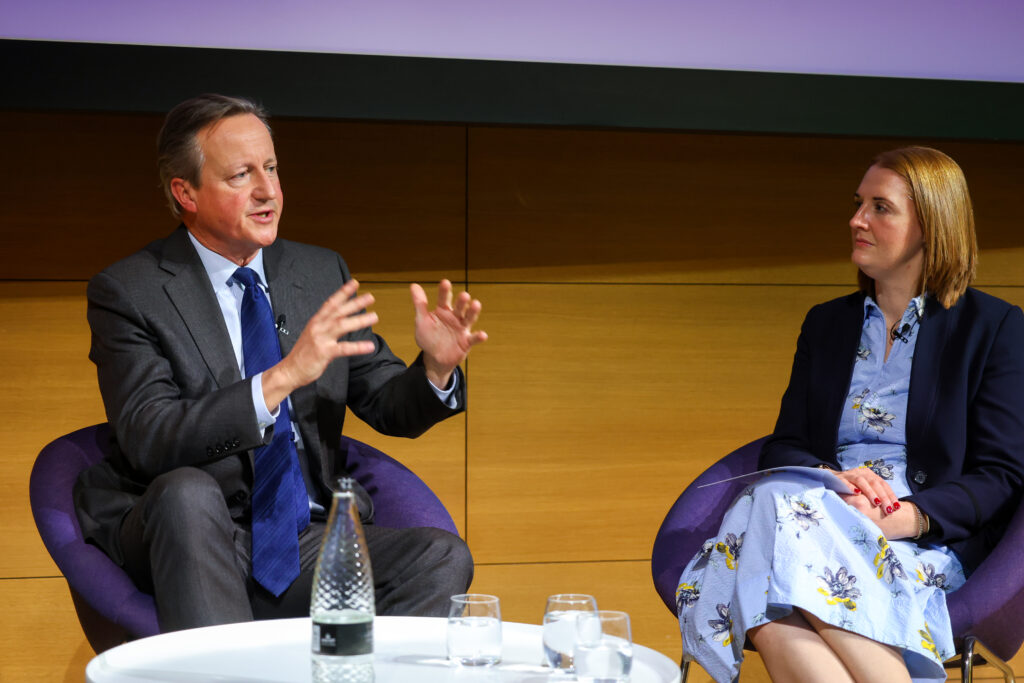Disrupting the diagnostic odyssey: Inside the Crick Summit on Rare Disease Reform
Estimated reading time: 5 minutes


Every now and then, an event captures a shift already under way. The Transforming Diagnosis and Treatment in Rare Disease Summit, held at the Francis Crick Institute on 14 October, did exactly that
It began with the vision and determination of Dr Harriet Holme: clinician, researcher and mother of a child with a rare condition whose ambition was to accelerate the translation of breakthroughs in genomics and rare disease research into real patient benefit. When we first met for an informal discussion about the policy environment, it was clear she had already built the foundations of a national movement. What followed was an opportunity to capitalise on the momentum and leadership she had already shown, bringing together partners inspired by her drive, including sponsors Alexion AstraZeneca Rare Disease, Eli Lilly, GSK, LifeArc and Weatherden.

Through Harriet’s leadership as Executive Chair of PCD Research, this coalition of experts focused on one urgent question: how can the UK align the speed of scientific innovation with the system’s ability to deliver change?
The rationale is clear. As the NHS reshapes itself and government places productivity and growth through life sciences at the centre of policy, rare diseases can act as a blueprint for diagnostic reform. One in 17 people are affected by a rare condition, yet most still face years of diagnostic uncertainty. The science, from whole-genome sequencing to AI-enabled phenotyping, already exists. The challenge is embedding it at scale within policy frameworks and levers for implementation that have not kept pace.
Dr Holme’s presentation captured both the urgency and opportunity. Her analysis showed that the cost of inaction exceeds £33 billion annually, while every £1 invested in rare-disease research returns £7 to the UK economy. She outlined a pragmatic plan built around three priorities:
- Embed unbiased whole-genome sequencing in clinical uncertainty to ensure equitable access to diagnosis.
- Create a national digital coordination hub to pre-identify patients for clinical trials, accelerating recruitment and cutting costs.
- Adopt risk-proportionate regulation so innovative therapies can reach patients more swiftly.
The vision is simple: a system that identifies patients earlier, connects them efficiently to trials and moves new treatments from discovery to delivery faster than ever before.
Deborah Richards, general manager at Alexion AstraZeneca Rare Disease, set the tone in her opening remarks ahead of sessions on closing the diagnostic gap in rare disease:
“We have the science, data and much of the infrastructure which means that a step change in rare disease is in reach. The 10-Year Health Plan has set the goal to end the diagnostic odyssey for those with rare genetic conditions. We need a coalition of the driven to define progress, drive delivery and measure impact against this ambition.”
That coalition spirit ran through the day. Steve Bates OBE, executive chair of the Office for Life Sciences, stressed that genuine progress depends on both horizontal alignment across government and vertical integration across the health system.
From the regulator, Julian Beach, interim executive director for Healthcare Quality and Access at the MHRA, described how new regulatory models are emerging. The Rare Therapies Pathway and Rare Disease Consortium Initiative are designed to embed patient perspectives and enable risk-appropriate evidence generation. He also confirmed the MHRA’s move towards parallel processes with NICE and faster conditional approvals—a decisive step towards regulatory agility.
Dr Harriet Holme’s call to action encapsulated the summit’s purpose:
“Our task now is to narrow the gap between ambition and delivery. That means aligning leadership structures across government, agencies and industry, and creating a national digital clinical-trials hub so that diagnostic innovation translates into equitable access to treatment—as fast as science allows. This would create an unrivalled landscape for innovation globally, driving real patient impact, as a scalable model for wider success across chronic disease—a paradigm shift into truly personalised medicine.”

If realised, this vision could establish the UK as the world leader in rare-disease innovation – an ecosystem where diagnosis, research and treatment flow seamlessly from one to the next. The summit’s impact lies not only in its discussions but in the collaborative intent it generated. A shared agenda is now emerging, focused on ensuring that every patient’s diagnostic journey is measured in months rather than years.
As Harriet Holme and Deborah Richards both made clear, the coalition of the willing is already forming. Its challenge now is delivery and ensuring that the UK’s ambition for genomics is matched by its capacity to implement.
Connect with Henry
in the know brings you the latest conversations from the RARE think tank. To access more in the know articles click below.

